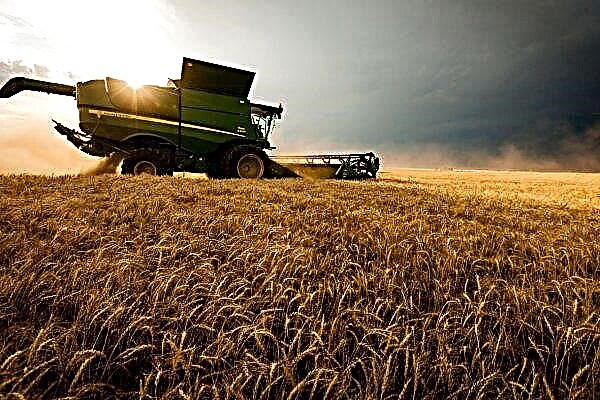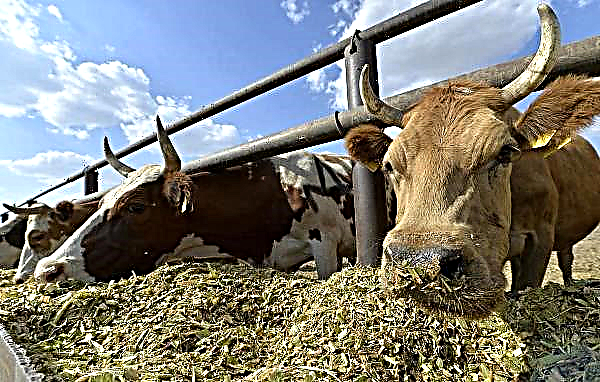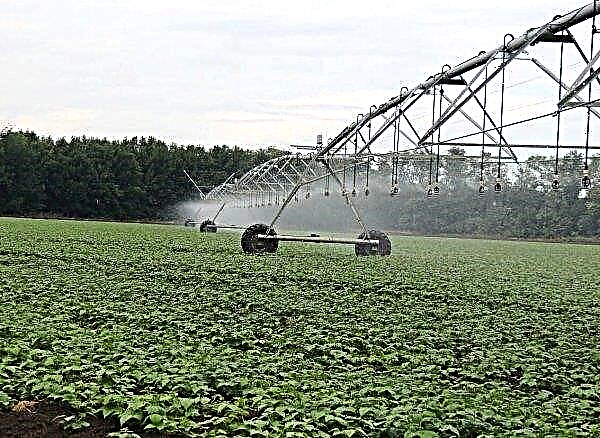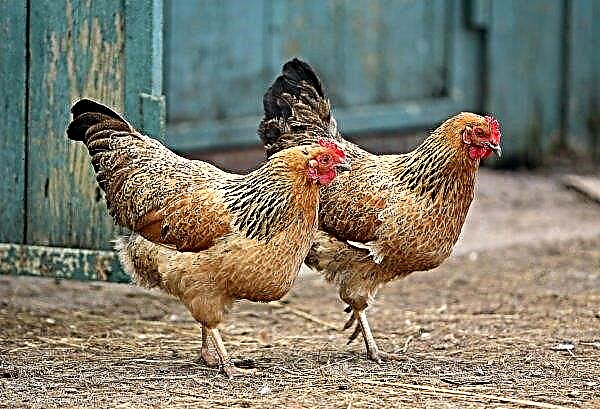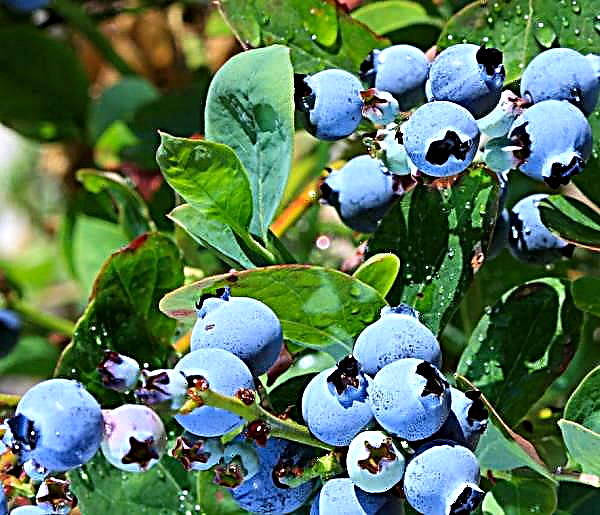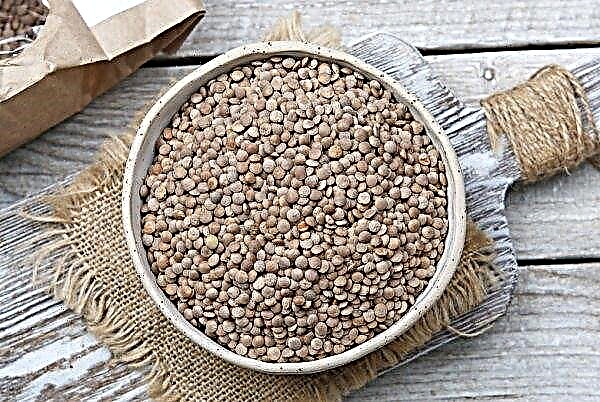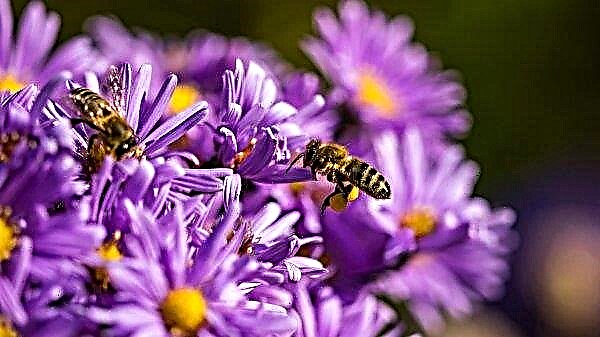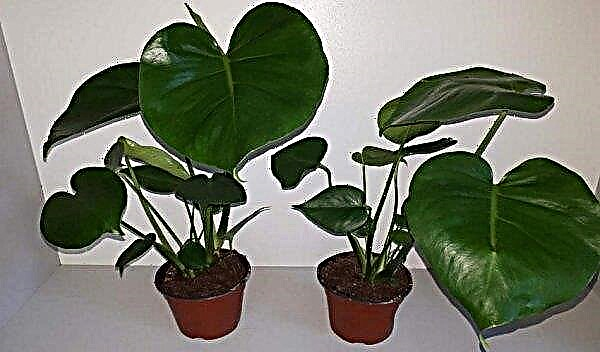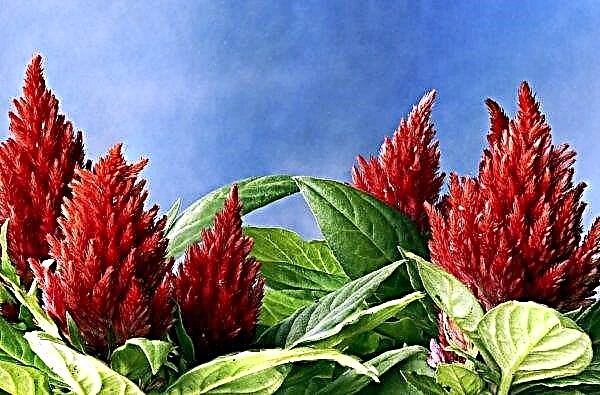The Leningrad Region is a huge territory, it occupies 0.5% of the total area of Russia. There are many pine, spruce, deciduous and mixed forests, where lovers of the “quiet hunt” collect different types of mushrooms, such as chanterelles, and they will be discussed today.
Local species of chanterelles with a description
In the general description of the species, the structure is similar: the hat and the leg in appearance are one. The shape of the mushroom resembles a strange flower in the form of a bell protruding directly from the surface of the soil.
 The color of the hat with a wavy surface can be gray, pale yellow, red and dark brown. The diameter of the cap depending on the age of the specimen reaches 2-12 cm
The color of the hat with a wavy surface can be gray, pale yellow, red and dark brown. The diameter of the cap depending on the age of the specimen reaches 2-12 cm
Dense and smooth on top, the leg narrow from the mycelium gradually expands to the top. Its length is about 7 cm and its thickness is maximum 3 cm. The advantage of the family of real foxes is that it is not touched by worms and insects due to the presence of a substance poisonous to them in the mushroom body.
Did you know? Hare Krishnas believe that mushrooms grow at night, while absorbing negative energy, which is why the followers of this religion excluded the product from their diet.
In the Leningrad region, such edible species are common:
- common chanterelle - yellow with dense, white flesh on the cut;
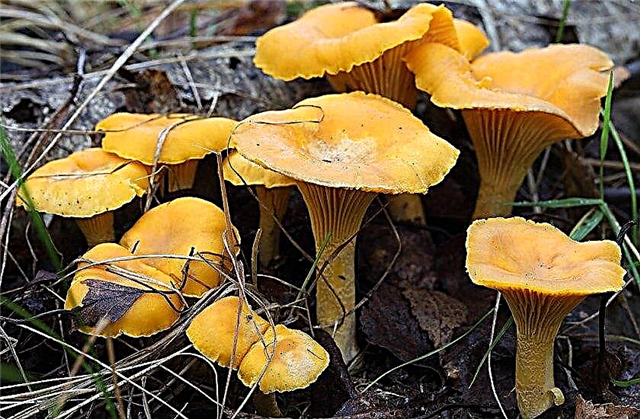
- yellowing - the hat grows up to 6 cm in diameter, the color is yellow-brown, the surface is scaly, the flesh does not have a bright aroma, on the cut it is painted beige;
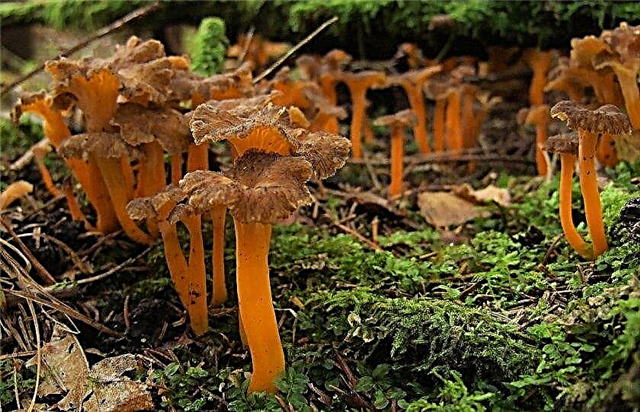
- tubular - a funnel-shaped hat up to 8 cm in diameter, painted yellowish-gray. It has the smell of earth after rain, it tastes a little bit bitter, the cut of pulp is white;

- gray - color can vary from gray to dark brown, which scares away inexperienced mushroom pickers. The diameter of the cap is about 6 cm, the center is depressed, the edges are uneven, wavy. It does not have a specific smell; the taste is mushroom without specific shades.

Where and when to collect
The family prefers to grow in moist forests, mainly near pines and firs. Mushrooms are also found in the dense grass near the trunks of deciduous trees. They appear in June in small groups. Mass gathering begins after heavy rains. The season lasts through the month of October, inclusive.
Did you know? The direction in medicine, practicing treatment with the help of mushrooms and preparations prepared from them, is called fungotherapy.
According to reviews of experienced mushroom pickers in the Leningrad Region, chanterelles are harvested in the following places:
- Sinyavino settlement in the south-east of St. Petersburg about 40-50 km;
- Vyritsa in Gatchina, south of the northern capital, within 60 km;
- Lomonosov district, near the village of Tamengont, 40–45 km from the center of the region;
- Tosnensky district, the village of Stekolnoye, 55-60 km from St. Petersburg;
- p. Pervomaiskoe, p. Ermilovo, Vyborgsky district 140 km north of the center;
- Sosnovo settlement, Priozersky district 70–80 km northwest of St. Petersburg.
In the forests of these territories, not only chanterelles are collected, but also boletus, russula, birch boletus and boletus.
Cooking methods
More often the chanterelle gets into the basket of the mushroom picker. It has a pleasant aroma with apricot notes, a sour taste with a certain pungency. The most popular dish among Russians is mushrooms fried in sour cream with a side dish of potatoes.
 Before freezing, chanterelles need to be cooked, otherwise they will be bitter. If you add lemon juice or acid when boiling, the product will retain its bright appearance
Before freezing, chanterelles need to be cooked, otherwise they will be bitter. If you add lemon juice or acid when boiling, the product will retain its bright appearance
In addition, from the chanterelles prepare:
- soup;
- paste;
- risotto;
- warm salads;
- casseroles;
- salt and pickle.
Experienced mushroom pickers recommend preparing raw materials on the day of collection. If there is no possibility or desire to cook something complicated, you can dry or freeze.
Good spices for the product are herbs:
- basil;
- parsley;
- marjoram;
- oregano;
- thyme.
Inedible double, distinguishing features
False chanterelle is a double of the present species of the family: the same form and growing conditions. Today, due to poor ecology, many grebes appear that are identical to edible mushrooms, including the chanterelle.

The main differences between false copies and real ones:
| Real mushroom | Blende |
| Evenly colored | There may be lighter or darker spots on the main background, brighter than the edible original |
| The edges of the cap are often torn and not the same. | Smooth edges |
| Thick leg | Thin leg |
| On the cut or when pressed, does not change the color of the pulp | On the cut, the flesh darkens |
| The structure of the pulp is dense and fleshy. | The pulp is cotton-like, porous |
| No parasites | May be a worm |
| The aroma is fruity or absent. | It smells bad |
| Single instances rarity | Often grows alone |
Important! Among deceivers, you can also find conditionally edible mushrooms, however, if improperly prepared, they can also cause poisoning, which is fraught with at least a protracted upset stomach.
Chanterelle in the Leningrad region is a familiar forest inhabitant. The main condition for the collection is to go into the forest after rains. It will be useful for inexperienced “gatherers” to familiarize themselves with the description of false species, and even better to undergo “training” with experienced mushroom pickers.





